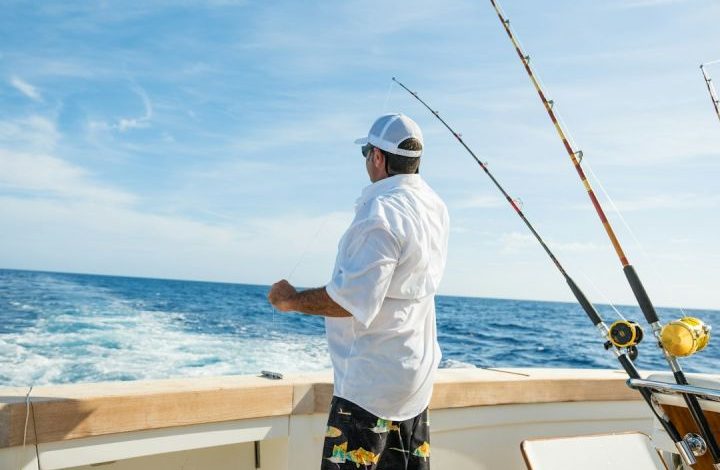When Should You Replace Fishing Line?

Fishing is a hobby enjoyed by many people around the world. Whether you are an avid angler or just a casual fisherman, one thing that should always be on your radar is the condition of your fishing line. Over time, fishing line can become worn out and damaged, compromising its strength and effectiveness. In this article, we will explore the signs that indicate it’s time to replace your fishing line.
Visible Wear and Tear
One of the most obvious signs that your fishing line needs to be replaced is visible wear and tear. Examine your line carefully for any signs of fraying, nicks, or abrasions. These can weaken the line and make it more prone to breaking when you have a fish on the line. If you notice any of these signs, it is best to err on the side of caution and replace the line to ensure a successful fishing trip.
Loss of Sensitivity
Another indication that it may be time to replace your fishing line is a loss of sensitivity. As fishing line ages, it can lose its ability to transmit vibrations from the fish to your rod and ultimately to your hand. This can make it difficult to detect bites and decreases your chances of successfully hooking a fish. If you find yourself struggling to feel the subtle movements on your line, it may be time to invest in a new one.
Decreased Strength
The strength of your fishing line is crucial when it comes to landing big fish. Over time, fishing line can weaken due to exposure to sunlight, water, and general wear and tear. If you notice that your line is breaking more frequently or struggling to handle the weight of the fish you are targeting, it’s a clear sign that it’s time for a replacement. Don’t risk losing the catch of a lifetime due to weak line.
Memory and Tangles
As fishing line ages, it can develop memory, causing it to retain the shape of the spool it was wound on. This can lead to frustrating tangles and knots when casting or reeling in your line. If you find yourself spending more time untangling your line than actually fishing, it’s a good indication that you should replace it. Fresh line will have less memory, allowing for smoother casts and fewer tangles.
Time Since Last Replacement
Even if your fishing line appears to be in good condition, it is recommended to replace it regularly based on usage. As a general rule of thumb, monofilament line should be replaced at least once a year, while braided line can last up to two years. However, if you fish frequently or in harsh conditions, it may be necessary to replace your line more often to ensure optimal performance.
In Conclusion
Knowing when to replace your fishing line is crucial for maintaining a successful fishing experience. By regularly inspecting your line for visible wear and tear, loss of sensitivity, decreased strength, and memory issues, you can ensure that your line is in top condition. Additionally, considering the time that has elapsed since your last replacement is important. By following these guidelines, you can avoid any unnecessary frustrations or lost catches and enjoy your time on the water to the fullest.
